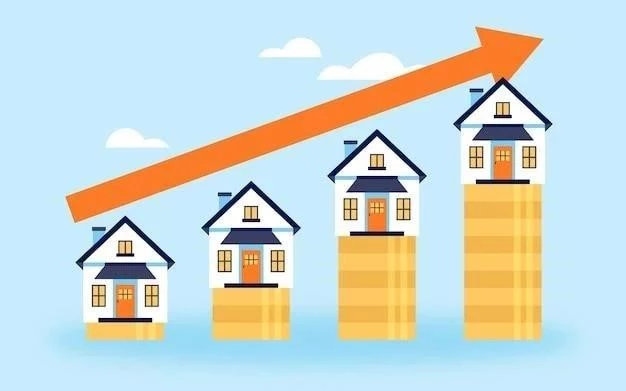Table content
# Refinance Percentages Decline Over a Couple of Days, Reaching a Six-Week Minimum – January 29, 2025
On Tuesday, interest percentages for three-decade refinance borrowings dropped by another 2 basis points, averaging 7.05%. This signifies the bottommost tier for three-decade refinance percentages since December 18th.
In September, three-decade refinance percentages plunged to a two-year minimum of 6.01%. However, they then escalated to a maximum of 7.30% before lately decreasing once more.
On Tuesday, the percentages for other refinance borrowing categories displayed varied motions. The average percentage for fifteen-year refinances augmented by 1 basis point, while the average percentage for two-decade refinances diminished by 2 basis points. Meanwhile, the jumbo three-decade refinance percentage witnessed an average augmentation of 8 basis points.
### Significant Observation
The percentages we issue shouldn’t be directly equated to the alluring percentages you might observe on the internet. These percentages are cautiously designated to be the most appealing, while the percentages exhibited here signify averages. Appealing percentages may encompass upfront points or be grounded on suppositions about debtors with exceptionally high credit ratings or borrowing sums below typical tiers. The interest percentage you ultimately acquire will hinge on your credit rating, income, and other aspects, and may diverge from the average percentages showcased here.
Because interest percentages fluctuate considerably among different creditors, it is crucial to comparison shop and contrast proposals to discover the optimal mortgage refinance alternative, irrespective of the category of home borrowing you are seeking. Regularly contrasting percentages is also advised. Toncoin (TON) Value Forecast for March 26th
Employ our mortgage calculator to approximate your monthly payments for diverse borrowing scenarios.
What Triggers Mortgage Percentages to Ascend or Descend?
Home loan interest percentages are impacted by a multitude of financial and trading factors. These encompass the general condition of the debt market, with a specific emphasis on the return of long-term government debt. The central bank’s financial strategy also has a crucial function, particularly its activities associated with purchasing debt and backing state-guaranteed home loans. Ultimately, rivalry among home loan providers and the various kinds of loans accessible also have an impact on percentages.
The annual forecasts’ decline triggered an increase in the returns on 10-year Treasury bonds, subsequently pushing mortgage rates upward. To put it differently, reduced anticipation for the year spurred bond yields, rendering home loans pricier.


